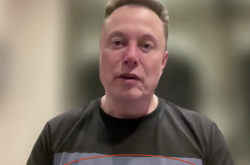Is Apple, the “loser” in AI, experiencing its “Nokia moment”?
![]() 08/12 2025
08/12 2025
![]() 597
597
Apple, the hardware king in the mobile internet era, missed out on the “first taste” of the AI era
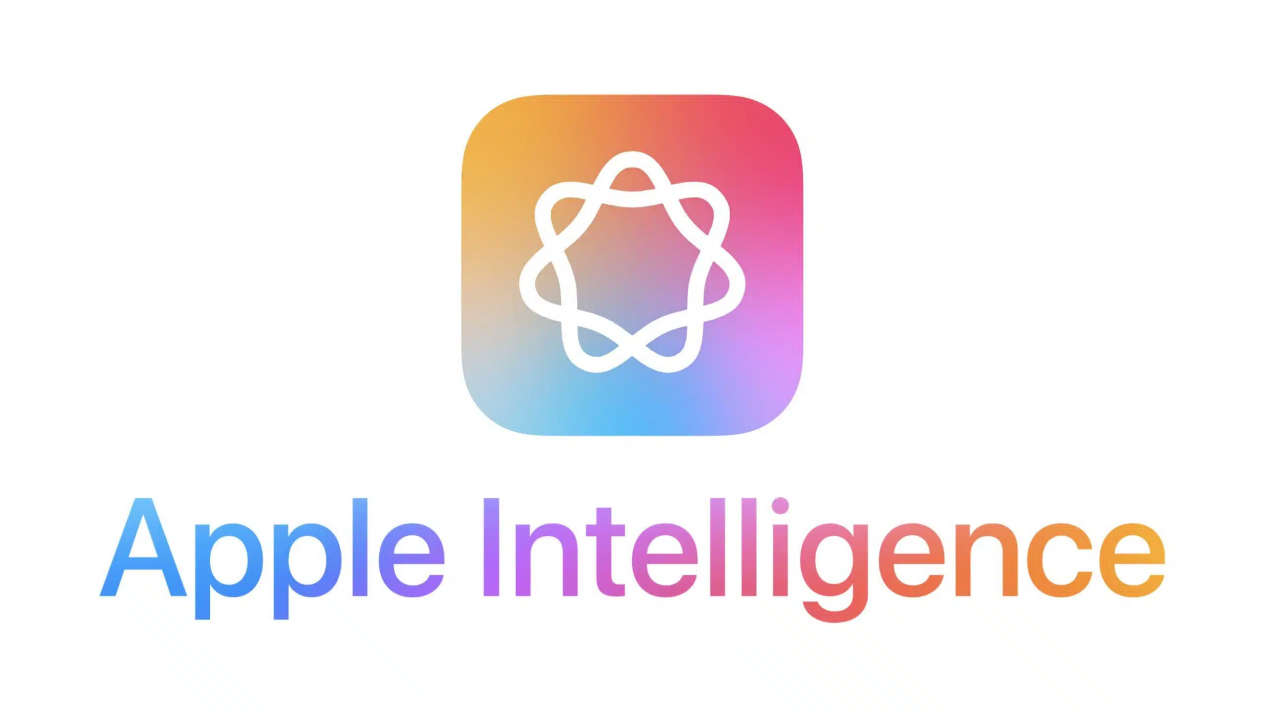
Apple seems to have fallen behind in the years since the dawn of the AI era, and it's a comprehensive “miss” and undeniable lag.
As a top global tech company, Apple's achievements in the mobile internet era are perhaps the most remarkable among hardware companies. After the strategic transformation and brand revival during the Steve Jobs era (1997-2011), the Tim Cook-led Apple became the first company with a market capitalization exceeding $1 trillion in 2018. Just four years later, in 2022, Apple's total market capitalization surpassed the $3 trillion mark for the first time.
However, in recent years, Apple has frequently encountered challenges, especially in 2025, when it faced a series of severe setbacks. In early February, Donald Trump criticized Apple's commitment to DEI on social media, calling the policy a “scam.” Additionally, on May 23, 2025, under the pressure of Trump's tariffs and trade policies, Apple's stock price plunged 3.02% in a single day.
Subsequently, at the annual Worldwide Developers Conference (WWDC) held in June, many of the new products and feature upgrades announced by the company were generally considered lackluster compared to previous years, falling short of market expectations. Following this, news emerged that Apple hoped to collaborate with Anthropic or OpenAI to revamp Siri with AI, leading to disappointment among the company's AI team.
In July, within a month, Apple lost four AI experts to Meta, including Ruoming Pang, the head of Apple's AI team, two other researchers from the team—Tom Gunter and Mark Lee—and a key researcher in the field of multimodal AI, Bowen Zhang.
In addition to the fierce competition for AI talent from rivals, aging management is also a significant issue facing Apple. According to reports, Chief Operating Officer Jeff Williams is expected to retire later this year, and nearly half of Cook's core team of about 20 direct subordinates are over 60, including marketing chief Greg Joswiak and chip chief Johny Srouji.
1
Is Apple's adversity its “Nokia moment”?
Against the backdrop of comprehensive missed opportunities in AI, Apple recently convened a rare all-hands meeting.
Historically, Apple has only convened such meetings in response to significant events, such as the antenna issue with the iPhone 4, the discontinuation of the HomePod, and the cancellation of AirPower.
On August 2, 2025, Mark Gurman, a renowned Apple analyst at Bloomberg, reported on the meeting. Apple CEO Tim Cook emphasized at the all-hands meeting that Apple needs to seize the opportunities in AI and cannot lag behind other companies.
The executive gathered employees in the auditorium on Apple's Cupertino campus in California and told them that the AI revolution is “as significant, if not more significant, than the internet, smartphones, cloud computing, and apps.” According to insiders, Cook told employees, “Apple must do this. Apple will do this. This is the opportunity we should seize. We will invest to achieve this goal.”
During the meeting, Software Chief Craig Federighi also spoke, discussing the delays with Siri and how the company initially hoped to build it using a “hybrid architecture.” Under that plan, one system would handle Siri's existing functions, while another would be powered by a large language model (LLM). However, he said, “We realized this approach wouldn't meet Apple's quality standards.” The new plan is to migrate everything to the new architecture.
Moreover, Cook reminded employees that Apple's strategy has never been to be the first to launch a product but to pursue the right direction. He cited Apple's history—there were PCs before the Mac and smartphones before the iPhone—but Apple's execution turned them into cultural landmarks. He hinted that the same patience would apply to AI.
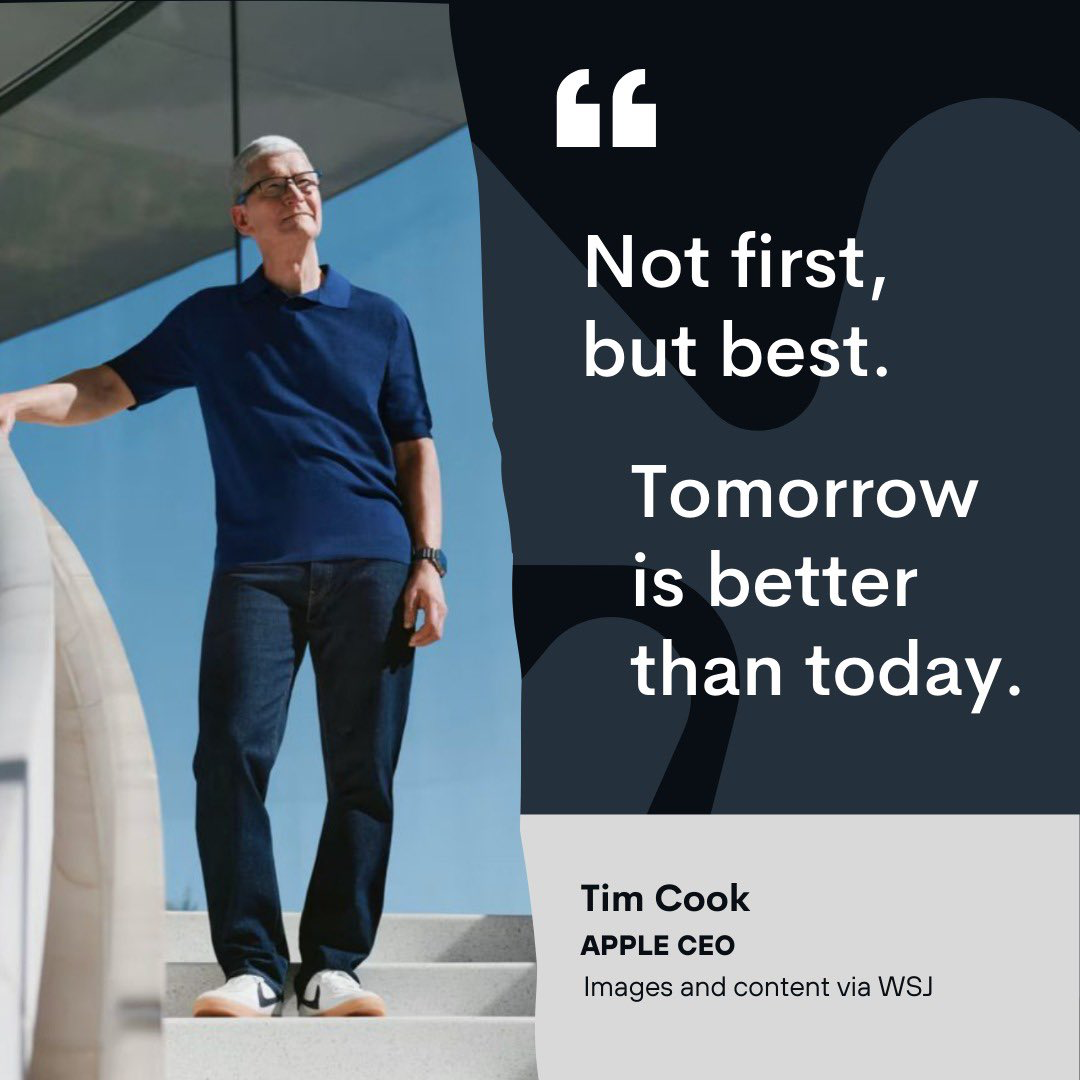
(Image source: WSJ)
The report stated that the atmosphere at this meeting was different from the past. While acknowledging external criticism, Apple also inspired its internal team, making it clear that AI is not just a feature but the next decisive chapter.
Just a day after the meeting, on August 3, Gurman's latest article revealed that Apple has formed a new team to develop a ChatGPT-like application.
Gurman disclosed that this team, named “Answers, Knowledge, and Information (AKI),” is working on building an “answer engine” that can use information on the web to respond to questions. It could be a standalone app or provide search functionality for Siri, Safari, and other Apple products.
Gurman also pointed out that Apple is recruiting for this team, particularly seeking candidates with experience in search algorithm and engine development.
Against this backdrop, let's discuss how Apple, once a “leader” in the Steve Jobs era, missed out on the first-mover advantage in AI and became a “technological follower.” This conversation can start with Siri.
2
Starting with Siri: Apple's strategic blunders in AI
In the field of artificial intelligence (AI), Apple originally had a first-mover advantage. According to Siri co-founder Dag Kittlaus, Siri's ultimate goal was “you can talk to the internet, and the assistant will handle everything for you. You don't even need to know the source of the information, and problems discovered by apps and websites will also be solved.” This is precisely the most widely used scenario for current large language models.
At that time, Siri was just an app in the App Store, but when Jobs encountered Siri, he immediately realized its potential went far beyond that. He quickly contacted Kittlaus and invited the Siri team to his home for a meeting. During the three-hour meeting, Jobs proposed a buyout. Kittlaus initially refused but eventually agreed to sell after Jobs called him every day for 24 consecutive days. Jobs immediately listed Siri as a top development project for Apple and was fully invested in its development until the end of his life.
With the launch of Siri, Apple also began research into machine learning, primarily used for facial and fingerprint recognition, smart suggestions (such as reminders to leave based on traffic conditions), improved maps, and key projects at the time: headsets and cars.
In terms of actions, Apple made early layouts in the AI industry, acquiring multiple small AI companies such as Laserlike, Tuplejump, and Turi. However, in terms of direction, Apple did not focus its AI efforts on the voice assistant domain. In the initial years, Siri's development was concentrated only on basic tasks such as providing weather information, setting timers, playing music, and handling text messages.
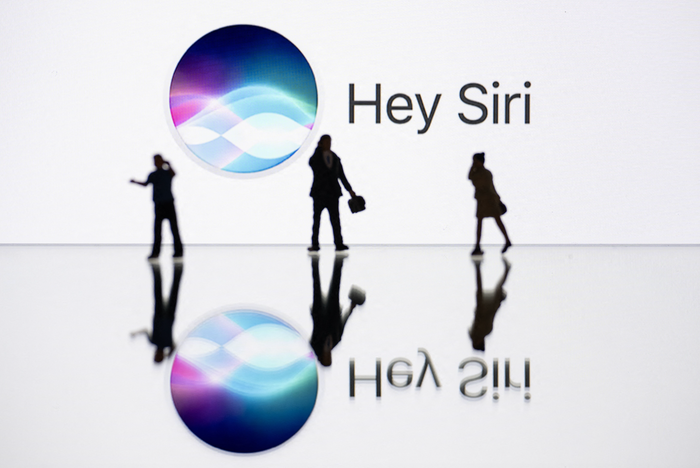
(Image source: Business Insider)
In December 2015, when OpenAI was founded, it set its goal as “achieving safe artificial general intelligence (AGI).”
3
Internal strife and route disputes
Apple has not stopped investing in AI. In 2018, Apple hired John Giannandrea (hereinafter referred to as JG) from Google to lead its AI efforts. In the official Apple press release at the time, Cook stated, “Machine learning and AI are crucial to Apple's future development. They will not only revolutionize the way people interact with technology but have already significantly improved users' lives. We feel fortunate to have John on board. As a leader in the AI field, he will undoubtedly drive our significant growth in this critical area.”
However, this did not make Apple a leader in AI. Nowadays, Apple is far behind its competitors. Gurman believes that Apple's strategic blunders in AI mainly stem from the company's internal lack of consensus on the development path of AI.
Some senior executives responsible for software engineering believed that Apple should highlight AI more prominently in iOS. Around 2014, one executive said, “We quickly realized that this is revolutionary technology, far more powerful than we initially understood.” However, they failed to convince Craig Federighi, who oversees iOS, to take AI seriously, and “many suggestions went nowhere.”
Yet, Cook was optimistic about AI. Someone who worked with him said, “Cook is one of the most optimistic about AI within Apple. He was frustrated that Siri lagged behind Alexa and dissatisfied that Apple failed to secure a place in the smart speaker market.”
In addition to the ambiguity in development direction, there were also execution issues. JG found that Apple needed to invest hundreds of millions of dollars extra in large-scale testing, image and text annotation to train large models. He recruited top AI researchers from Google to form a team responsible for testing and data analysis. However, according to multiple colleagues, Software Chief Craig Federighi was reluctant to invest heavily in AI, believing it was not a core capability for mobile devices.
A long-time Apple executive said, “Craig is not the kind of guy who would say, ‘We have to do something big and need more budget and people.’” Other leaders shared similar reservations. An old executive said, “In AI, you have to invest first to know what the product is. That's not Apple's way of doing things. When Apple develops a product, it already knows what the ultimate goal is... Our usual strategy is to enter late, rely on over 1 billion users, play it safe, and eventually beat everyone.”
But this strategy doesn't work for AI. The November 2022 release of ChatGPT caught Apple off guard. One senior executive said that Apple “didn't even have the concept of Apple Intelligence before.” Another executive said, “OpenAI's moves were not a secret. Anyone paying attention to the market should have seen it and invested fully.”
Less than a month after ChatGPT's release, Craig Federighi began using generative AI to write code for software projects. According to insiders, he suddenly saw the potential of AI and joined JG and other executives in meetings with AI companies like OpenAI and Anthropic to quickly understand the latest models and market dynamics. From then on, Craig Federighi required as many AI features as possible to be included in iOS 18 in 2024.
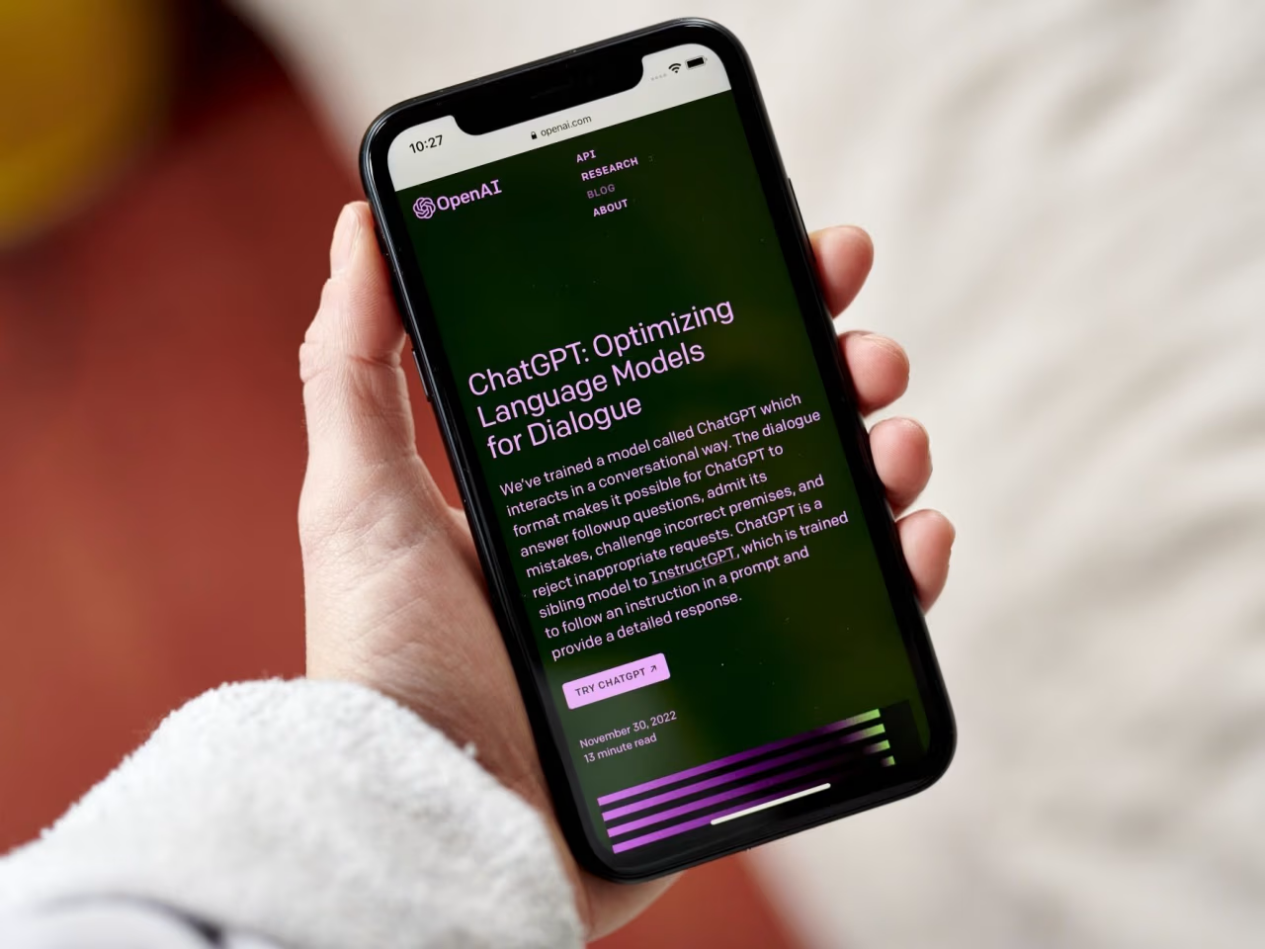
(Image source: WSJ)
JG once again assembled an AI team to develop large language models, but by then, they were already years behind competitors. According to multiple employees, various product development teams within Apple were responsible for some AI research and development, leading to difficulties in unifying technology, progress, and compatibility. Although Apple Intelligence debuted as scheduled at the 2024 WWDC, its capabilities were limited.
To provide consumers with AI products they truly need, Apple had to negotiate with competitors like Google, Anthropic, and OpenAI. The lack of an in-house AI chatbot made many executives uneasy, but JG did not believe that large models were the future of AI. According to multiple employees, JG believed that it would take years for AI agents to truly replace humans, and most consumers, like him, did not trust generative AI.
These employees said this explains why JG did not fully commit to building a consumer-facing ChatGPT competitor. He has always been conservative about the pace of AI development and skeptical of the value of chatbots, believing that the threats from rivals like OpenAI, Meta, and Google were not imminent. Some Apple colleagues said JG insisted that the AI assistant users needed was the main interface of the device, not an app. Despite delays and setbacks, he remained committed to this vision.
Within Apple, JG bore much of the blame for delays and mistakes. In March this year, JG was stripped of all product development control, including Siri and robotics projects. According to other executives, Cook lost confidence in JG's execution ability to create new products.
4
Opportunities and challenges in the Chatbot market
After adjusting its strategy and starting anew, what opportunities and challenges will Apple face in the Chatbot (also known as Conversational AI, ChatGPT-like applications, etc., hereinafter collectively referred to as Chatbot) market?
A Chatbot is a software program that enables human-like conversations through natural language processing (NLP) and AI technology. It can understand user intent and provide corresponding responses, enabling a wide range of functions from simple question-answering to complex task handling. Unlike traditional rule-based chatbots, modern Chatbots leverage large language models (LLMs) and deep learning technology to understand context, learn user preferences, and provide personalized services, becoming a key tool for enterprises' digital transformation and enhancing user experience.
Currently, the Chatbot market is experiencing rapid growth and “flourishing.” Relevant applications on the market include ChatGPT from OpenAI, Gemini from Google, Doubao from ByteDance, Claude from Anthropic, DeepSeek, Wenxin Yiyan from Baidu, Tongyi Qianwen from Alibaba, Perplexity, Microsoft Copilot, and more.
A report by market research firm Researcher Nester shows that the global Chatbot market size was approximately $7.57 billion in 2024 and is expected to reach $8.99 billion in 2025. The CAGR (Compound Annual Growth Rate) of the Chatbot market is expected to be 23.4%, with related industry revenue reaching $116.46 billion by 2037. Another market research report by Grand View predicts that the market size will reach $41.39 billion by 2030, with a CAGR of 23.7% from 2025 to 2030.
The main driving factors for the development of the Chatbot market include (but are not limited to):
1. Transformation of customer service needs: Consumers expect instant and personalized service experiences, especially in the context of the proliferation of mobile internet. Chatbots can meet this demand by providing round-the-clock support, shortening response times, and improving user satisfaction.
2. Demand for cost reduction and efficiency enhancement by enterprises: By deploying Chatbots, enterprises can significantly reduce operating costs. For example, the penetration rate of intelligent customer service in the financial sector has reached 78%, saving over 40 billion yuan in labor costs annually.
3. Diversification of demand in vertical industries: The demand for Chatbots is increasingly diversified across different industries, ranging from financial services to healthcare, and from retail e-commerce to education. Chatbots are penetrating into various business scenarios across industries to meet specific needs.
In addition, factors such as the proliferation of mobile internet and social media, and technological advancements driving capability enhancements, will further propel the development of related markets.
From the user's perspective, Chatbots are reshaping the "way of interaction". Compared to traditional search behavior, where users input keywords and search for required content among browser-feedback results, Chatbots can directly "converse" with users. Users no longer need to search for answers among massive web pages. Through large language models, browsers can learn, understand, and judge user needs, returning intuitive results. A well-designed, easy-to-use, and practical Chatbot application will help in acquiring and retaining users, capturing traffic inlets.
Secondly, based on changes in user interaction methods in the new era, vendors can develop more functions relying on Chatbots, going further in one-stop services. For example, photo editing functions where users upload photos and complete the creation of special photos through dialogue; article summarization where users upload files to obtain content summaries, etc. Once this traffic inlet is mastered, more functions and tasks can be realized through intelligent browsers, thereby gaining more traffic in a snowball effect.
From the enterprise's perspective, Chatbot-related technologies can serve as the cornerstone across various fields. For example, in the search engine field, major vendors at home and abroad have already started layout. Quark Browser has upgraded the traditional search box to an "AI Super Box", QQ Browser has launched QBot to create smarter AI searches, and Baidu has newly launched TizzyAI. Global internet giant Google also recently announced the introduction of the Gemini 2.5 Pro model into Google Search's AI mode, along with the launch of the "Deep Search" function to enhance search efficiency and user research experience.
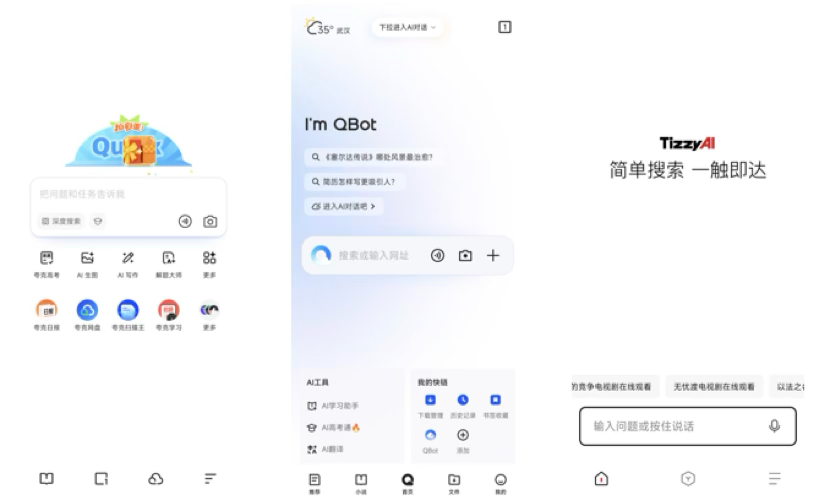
For Apple, Chatbot applications can greatly assist in the development of its software and hardware ecosystem. It can be envisioned that Chatbot applications can connect Apple's software ecosystem, including Siri, Safari, Photos, and Office Suite (Pages, Keynote, Numbers), and also aid in the hardware ecosystem interconnectivity of iPhone, iPad, and MacBook.
However, in the current fully competitive market landscape, whether Apple can perfectly implement its "not first, but best" philosophy remains to be further observed.




